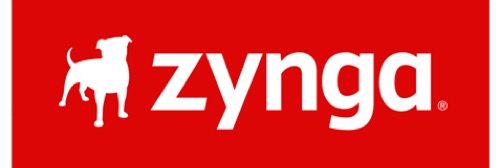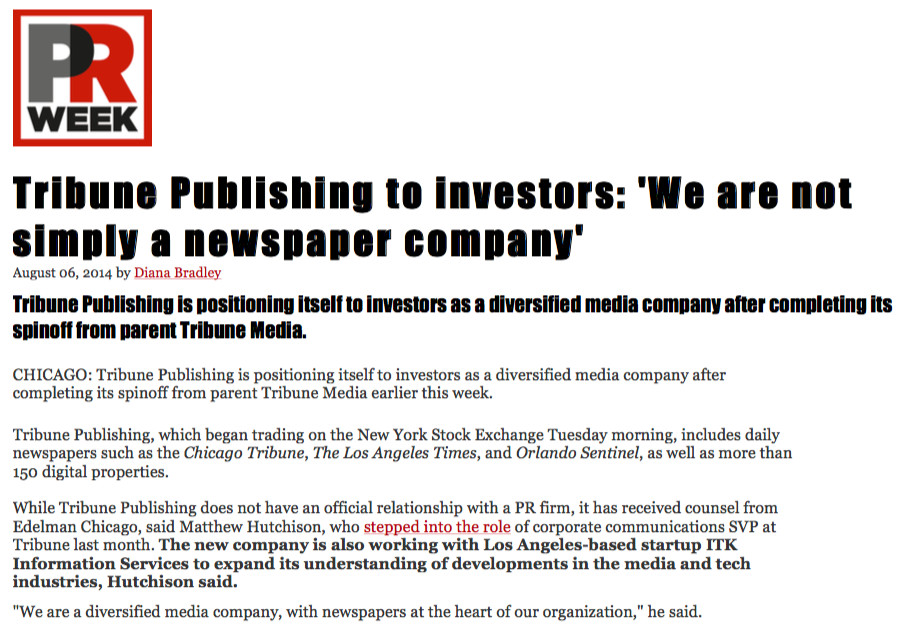
We'll help you figure out what to measure, then make sure you've got the accurate data you need to get it done.
Questions come up everyday. We'll give you the information you need to make the best decisions.
Custom reports with all the relevant news on your company, competitors and industry delivered every morning.
Our team will meet with you to learn about your needs and create a custom workflow for your internal team to monitor and analyze your media efforts.
Conversations about your brand are happening everywhere. Our team digs beyond the algorithms to really find and understand the ones that matter.
The 24 hour news cycle waits for no one. When you're in the middle of a PR crisis and need up to the minute information a member of our team will be there to help you out with steady updates across all media.























While working for the chairman of a film studio I see first hand that she's missing important news every day. There's no process in place to make sure key stories are found and brought to her attention. I create a job for myself working from home as her personal news curator. It is the greatest job of all time for a news junkie.

Over time and exclusively through word-of-mouth this job turns into a real company. As it turns out our first client wasn't the only high-powered exec that felt like important news was slipping through the cracks.

Following the needs of our clients we add to our services, creating custom solutions to measure the impact of their PR efforts.

We have a distributed work force of trained researchers filling critical information needs for a wide variety of clients across many industries. Our growth over time has been primarily through referrals and repeat clients.

Boss

Someone needs to keep cats out of here.

Chief